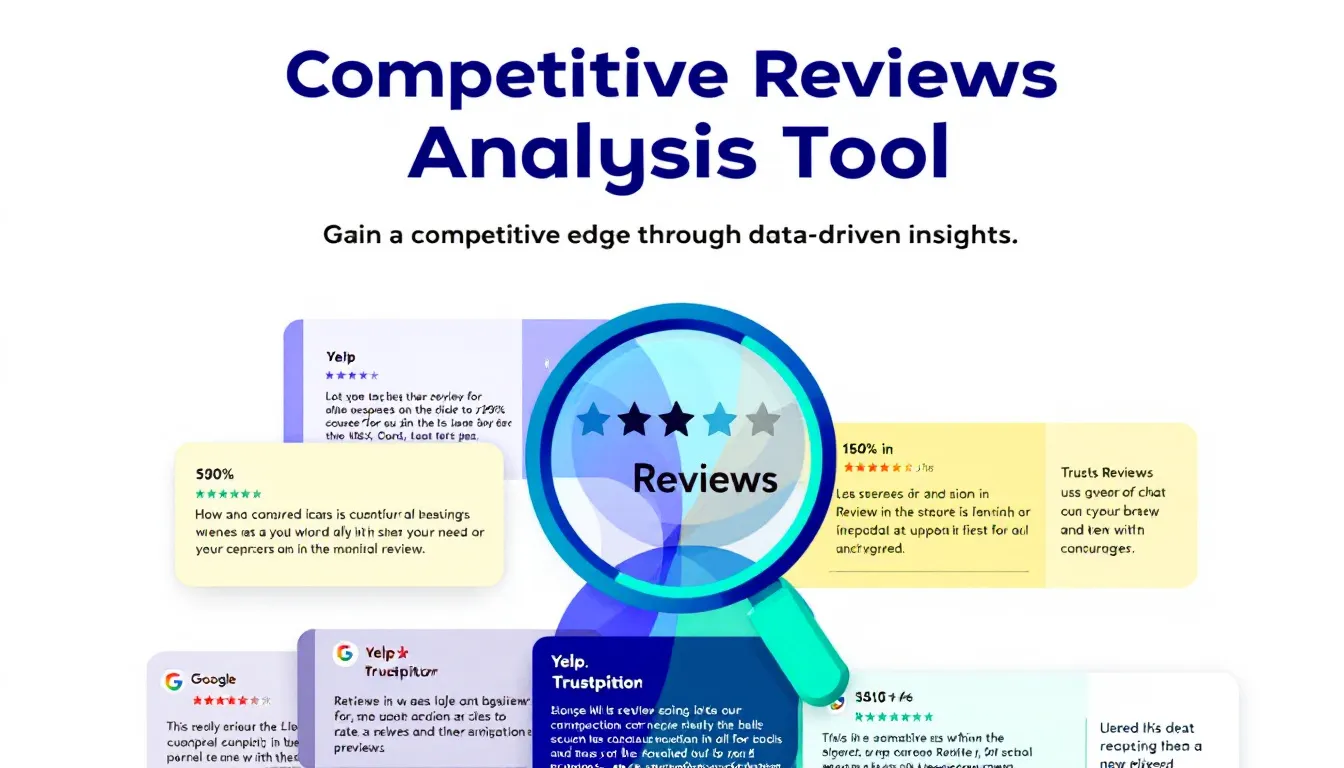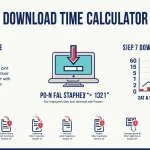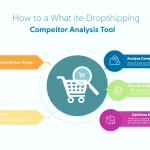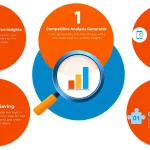Is this tool helpful?
How to Use the Competitive Review Analysis Tool Effectively
The Competitive Review Analysis Tool streamlines the process of analyzing competitor feedback and reviews. Here’s a detailed guide on using each field effectively:
1. Company Name Field
Enter your company’s official name in the designated field. For example:
- “SunRise Health Solutions”
- “GreenTech Innovations Ltd.”
2. Competitors List
Input your main competitors’ names, with each company on a new line. Example entries:
- For SunRise Health Solutions:
- Wellness Partners Inc.
- VitaCare Solutions
- HealthBridge International
- For GreenTech Innovations:
- EcoSmart Technologies
- CleanTech Solutions
- EnviroPro Systems
3. Time Frame Selection
Specify the period for review analysis. Recommended inputs:
- “Last 12 months”
- “Previous quarter”
Understanding the Competitive Review Analysis Tool
This advanced analytical tool helps businesses gain valuable insights into their competitive landscape by systematically examining customer feedback and reviews. It transforms raw customer sentiment data into actionable intelligence, enabling companies to make informed strategic decisions.
Core Functionality
The tool processes customer reviews and feedback across multiple platforms, identifying patterns, trends, and key themes in competitor performance. It analyzes both positive and negative feedback, creating a comprehensive view of market perception and customer satisfaction levels.
Benefits of Using the Competitive Review Analysis Tool
Strategic Advantages
- Identify market gaps and opportunities
- Understand competitor strengths and weaknesses
- Track changes in customer sentiment over time
- Discover emerging trends in customer preferences
- Benchmark your performance against industry leaders
Operational Improvements
- Streamline product development based on customer feedback
- Enhance customer service by learning from competitor mistakes
- Optimize marketing strategies using competitor insights
- Develop targeted solutions for identified pain points
Practical Applications and Problem-Solving Capabilities
Market Research Enhancement
The tool revolutionizes traditional market research by providing real-time, data-driven insights into customer preferences and competitor performance. It helps businesses identify and capitalize on market opportunities while avoiding common pitfalls.
Customer Experience Optimization
By analyzing competitor reviews, businesses can proactively address potential issues before they affect their own customers. This preventive approach leads to improved customer satisfaction and retention rates.
Real-World Use Cases
Case Study 1: Restaurant Chain Analysis
A local restaurant chain analyzed three competitors over six months, revealing:
- Common praise: Quick service, generous portions
- Frequent complaints: Long wait times during peak hours
- Result: Implemented new staffing patterns, increasing customer satisfaction by 27%
Case Study 2: E-commerce Platform Enhancement
An online retailer examined competitor feedback, identifying:
- Positive feedback: User-friendly mobile interface
- Negative feedback: Complicated return process
- Outcome: Streamlined returns policy, leading to 35% reduction in customer complaints
Frequently Asked Questions (FAQ)
What types of businesses can benefit from this tool?
Any business with competitors can benefit, including retail stores, restaurants, service providers, manufacturers, and online businesses. The tool is particularly valuable for companies in competitive markets seeking to differentiate themselves.
How often should I conduct competitor review analysis?
Regular analysis is recommended, typically quarterly or bi-annually. However, frequency may vary based on industry dynamics and market conditions. Some businesses benefit from monthly analysis during peak seasons or when launching new products.
Can this tool help with product development?
Yes, the tool provides valuable insights into customer preferences and pain points, helping businesses develop products that better meet market needs. It can identify features customers value most and areas where existing products fall short.
How can I use the insights effectively?
Focus on actionable insights that align with your business goals. Prioritize changes that address common customer complaints while building upon identified strengths. Use the data to inform strategic planning and operational improvements.
Should I analyze all competitors or focus on specific ones?
Start with your main direct competitors (3-5 companies) who target similar customer segments. This focused approach ensures more relevant and actionable insights while maintaining manageable data volumes.
Best Practices for Competitive Analysis
Regular Monitoring
Establish a consistent schedule for competitor analysis to track changes over time and identify emerging trends early. This proactive approach helps maintain competitive advantage and market relevance.
Action Planning
- Document key findings systematically
- Prioritize actions based on impact and feasibility
- Set specific, measurable goals for improvements
- Track implementation progress and results
- Regular review and adjustment of strategies
Integration with Business Strategy
Align competitive analysis insights with your overall business strategy. Use the findings to inform decision-making across different departments, from product development to customer service and marketing.
Maximizing Tool Benefits
Data Interpretation
- Look for patterns across multiple competitors
- Consider seasonal variations in feedback
- Analyze both quantitative and qualitative data
- Focus on actionable insights
Strategic Implementation
- Develop action plans based on findings
- Set realistic timelines for improvements
- Monitor impact of implemented changes
- Adjust strategies based on results
Important Disclaimer
The calculations, results, and content provided by our tools are not guaranteed to be accurate, complete, or reliable. Users are responsible for verifying and interpreting the results. Our content and tools may contain errors, biases, or inconsistencies. We reserve the right to save inputs and outputs from our tools for the purposes of error debugging, bias identification, and performance improvement. External companies providing AI models used in our tools may also save and process data in accordance with their own policies. By using our tools, you consent to this data collection and processing. We reserve the right to limit the usage of our tools based on current usability factors. By using our tools, you acknowledge that you have read, understood, and agreed to this disclaimer. You accept the inherent risks and limitations associated with the use of our tools and services.







